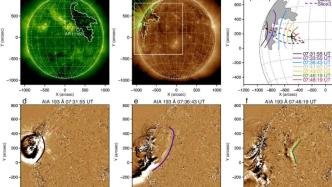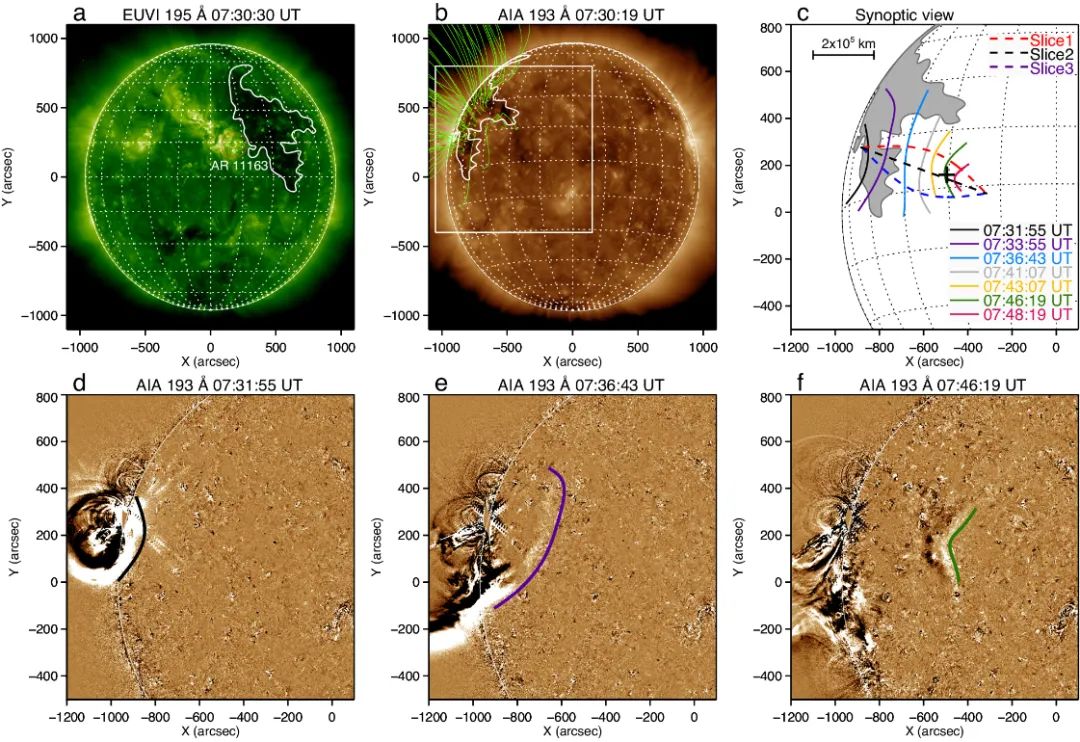
In the novel "The Three-Body Problem", the protagonist accidentally mastered a special method of electromagnetic signal transmission, so she used the sun as a signal amplifier and sent the first "hello" of human civilization to the universe with "stellar-level" transmission power.
Is this operation really feasible? Recently, the collaborative results of Professor Yuan Ding from the Institute of Space Science and Applied Technology of Harbin Institute of Technology (Shenzhen) have given a preliminary answer. Yuan Ding and his collaborators observed the dynamic propagation of electromagnetic waves (light waves) for the first time, proving that the special structure of the solar corona and large celestial bodies such as planets can be used as electromagnetic signal amplifiers, or can achieve interstellar communication or energy transmission. The relevant research results were published in Nature Communications.

The wavefront diffusion and focusing process of flare explosion (wave source), coronal hole (convex lens) and magnetohydrodynamic wave. Image provided by the research team
Yuan Ding's team discovered that solar flare eruptions triggered large-scale magnetohydrodynamic waves, and the wave front spread outward from the solar flare, passing through a huge coronal hole.
It is understood that the area with low temperature, low plasma density and low magnetic field strength in the corona has weak radiation in the extreme ultraviolet band of the space solar telescope, so it is called a coronal hole. "The coronal hole plays the role of a 'convex lens', and the magnetohydrodynamic wave changes from spreading around to gradually focusing on the focal point." Yuan Ding introduced that according to measurements, after the magnetohydrodynamic wave is focused, the fluctuation amplitude increases by 3 times, and the energy flow it carries increases by 7 times, which shows that this phenomenon has an energy focusing effect.
It is also reported that this research will provide a theoretical basis and numerical model foundation for the country's major scientific and technological infrastructure - the "Space Environment Ground Simulation Device".
